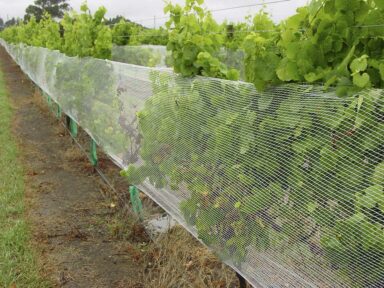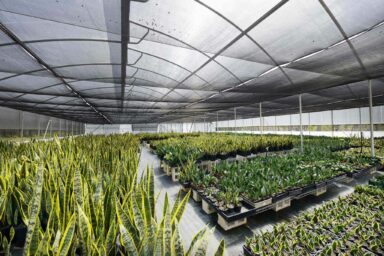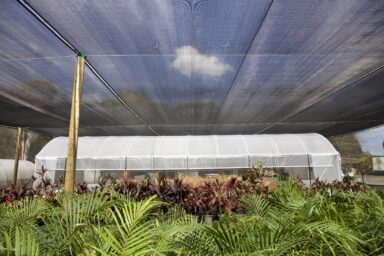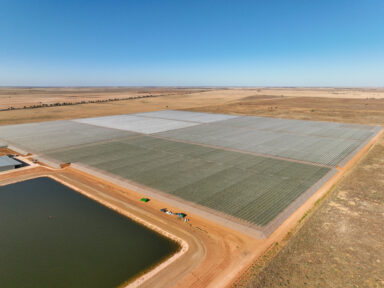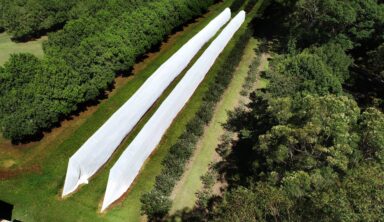What Is The Function of Wire Netting?
December 6, 2023
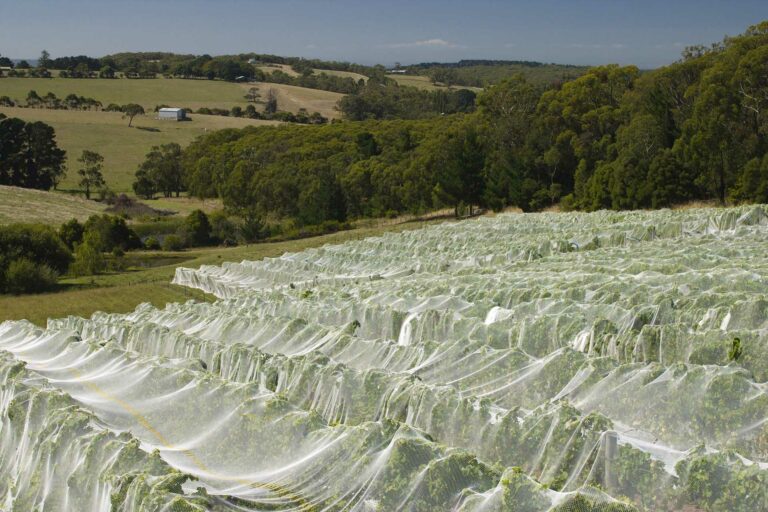
Wire netting, also known as wire mesh or wire cloth, is a type of woven metal fabric that is used in various industries and applications. It consists of thin metal wires arranged in a crisscross pattern to form a mesh-like structure. This makes the wire netting strong, durable and flexible.
There are several types of wire netting, and each one has its own unique functions and uses. So, although wire netting is great for several uses, it is not the best for all applications. In this article, we will discuss the function of wire netting and its various uses.
Uses of Wire Netting

Wire netting has a wide range of uses due to its versatile nature. Here are some common applications where wire netting is used:
1) Fencing
One of the primary functions of wire netting is fencing. The strong and durable structure of wire netting makes it an ideal choice for creating boundaries and enclosures. It can be used to secure properties, gardens, farms and even construction sites.
Wire netting is also commonly used in the agricultural industry as a cost-effective solution for containing livestock and protecting crops from animals.
2) Screening
Another common use of wire netting is screening. The mesh-like structure of wire netting allows for air and light to pass through while still providing a barrier. This makes it an ideal choice in agricultural and industrial settings, such as poultry houses and factories.
Wire netting is also used for screening purposes in residential areas, particularly for windows and doors. It provides a level of security while still allowing for ventilation and visibility.
3) Filtration
In some industries, wire netting is used for filtration purposes. The fine mesh of the netting allows for the passage of air or liquid while filtering out unwanted particles. This largely depends on the particle size in comparison to the size of the wire netting.
4) Reinforcement
Wire netting can also be used for reinforcing materials such as concrete. It is commonly placed within the concrete structure to provide additional strength and prevent cracking or damage. This is particularly useful in construction projects, where wire netting can increase the lifespan and durability of buildings and structures.
Types of Wire Netting
There are several types of wire netting. At Empak, we offer the following types:
- Over Row Nets: Empak’s patented secured edge multi-row nets are great for keeping plants in place, protecting them from damage and providing a stable environment for growth. These nuts are made with pre-threaded monowire, eliminating the need for tucking wire. The monowire is coated with HPDE, Which makes it great for abrasion, strength, and durability. Over-row nets allow easy access for vineyard machinery. These nuts are also good at saving costs because they don’t require clips due to the unique patented monowire system.
- Side Netting: This type of netting is commonly used in greenhouses and horticulture for shading and ventilation purposes. These are great because they provide better abrasion resistance, strength and are more durable. They also come with a lock stitch knit which means that they will not ladder, fray, or run. Another great thing about Empak’s Side netting is that it is easy to set up and remove. It also comes in black, which makes it great for a better visual appeal. The thing about it is that it comes with a 10-year manufacturer’s UV warranty for NZ conditions.
Best Use Cases for Our Vineyard Netting
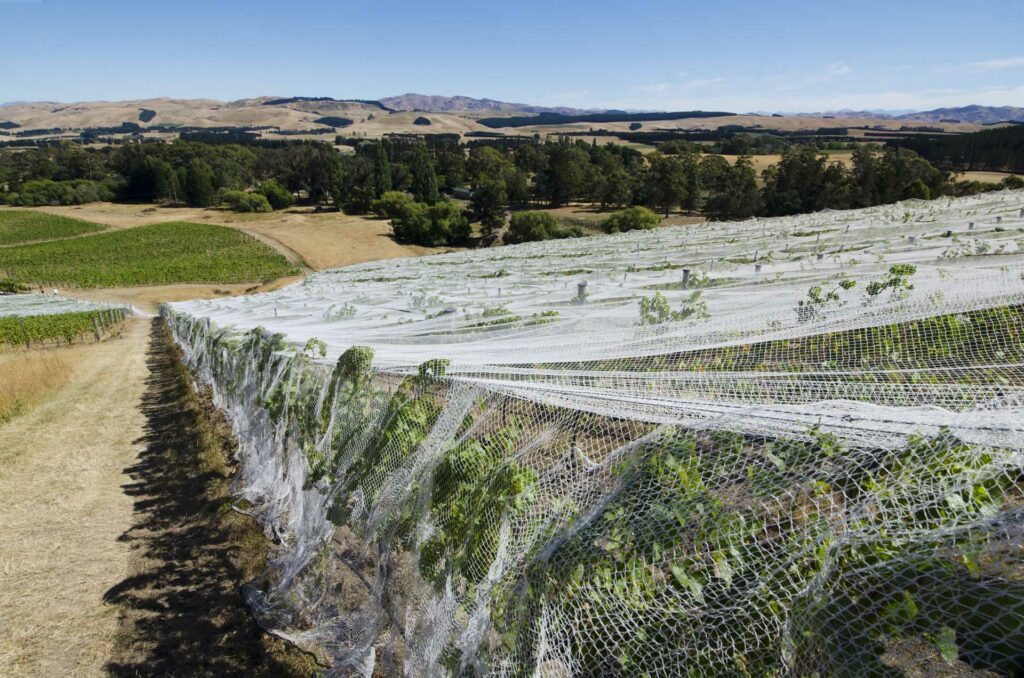
While wire netting has a wide range of uses, one particular application stands out – vineyard netting. This type of netting is specifically designed for use in vineyards and has multiple functions.
1) Protection from Pests
One of the primary functions of vineyard netting is to protect the grapevines from pests such as birds, insects, and animals. The fine mesh structure of the netting prevents these pests from reaching the grapes, reducing the risk of damage and loss.
2) Protection from Harsh Weather
Vineyard netting also provides protection from harsh weather conditions such as hail, wind, and excessive sun exposure. This helps to minimise crop damage and maintain the quality of the grapes.
3) Enhancing Crop Quality
Vineyard netting can also improve the quality of grapes by reducing sunburn and preventing birds from pecking at them. This results in a better yield and higher-quality grapes for winemaking.
4) Sustainable Farming Practise
Using vineyard netting is a sustainable farming practise as it reduces the need for harmful chemicals to protect the grapes. It also helps in conserving water as less irrigation is required when using netting.
When Not To Use Wire Netting
While wire netting has many functions and uses, there are certain situations where it may not be the best option. For example:
- When a more rigid and durable barrier is needed, such as in security fencing.
- In marine environments where corrosion resistance is crucial, other materials like stainless steel or PVC-coated wire mesh may be more suitable.
- In extreme weather conditions, where stronger and more resilient materials are required for protection.
Conclusion
Wire netting is a versatile and practical material with numerous applications in various industries. From fencing to reinforcement, it has proven to be a valuable asset in many settings. However, it is important to consider the specific needs of each application before deciding on using wire netting.
With its various types and functions, wire netting continues to be a reliable solution for many needs. So, it is safe to say that the use of wire netting will continue to grow and evolve in the future, especially with the increasing demand for sustainable and cost-effective solutions in various industries.
At Empak, we offer high-quality wire netting products suitable for a wide range of uses and industries. Our vineyard netting is specifically designed for the viticulture industry, providing protection and enhancing crop quality. Contact us today to learn more about our products and how we can help with your wire netting needs. ̆
